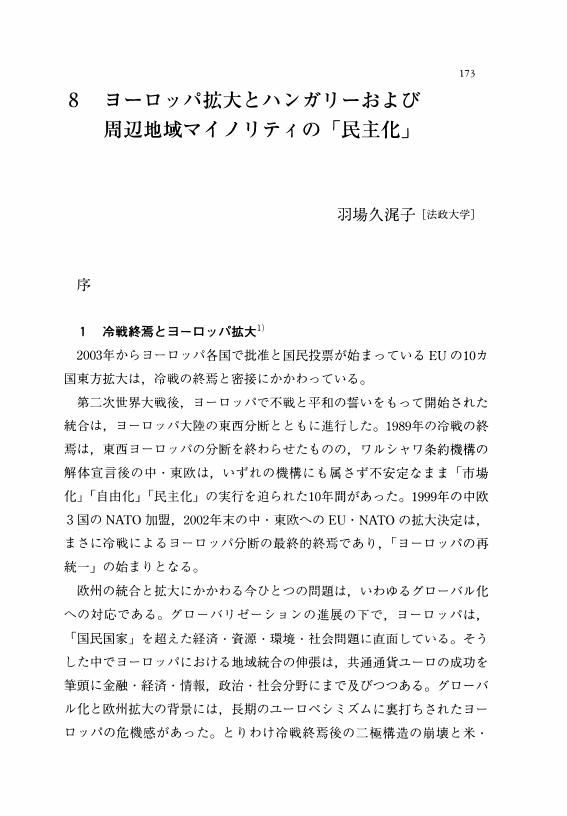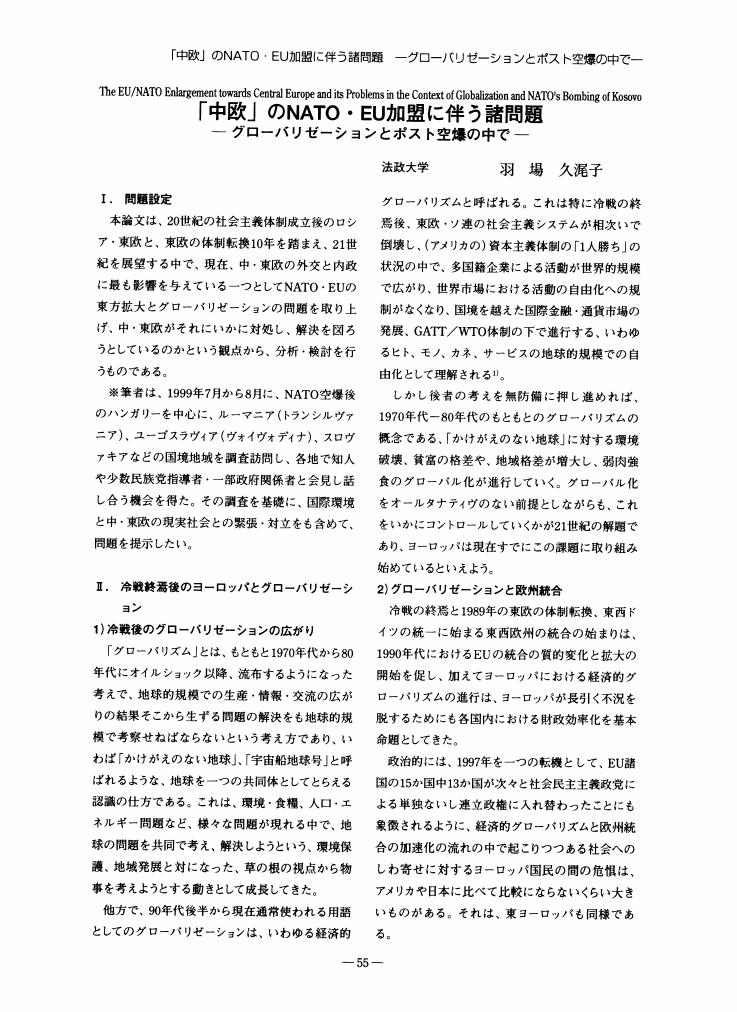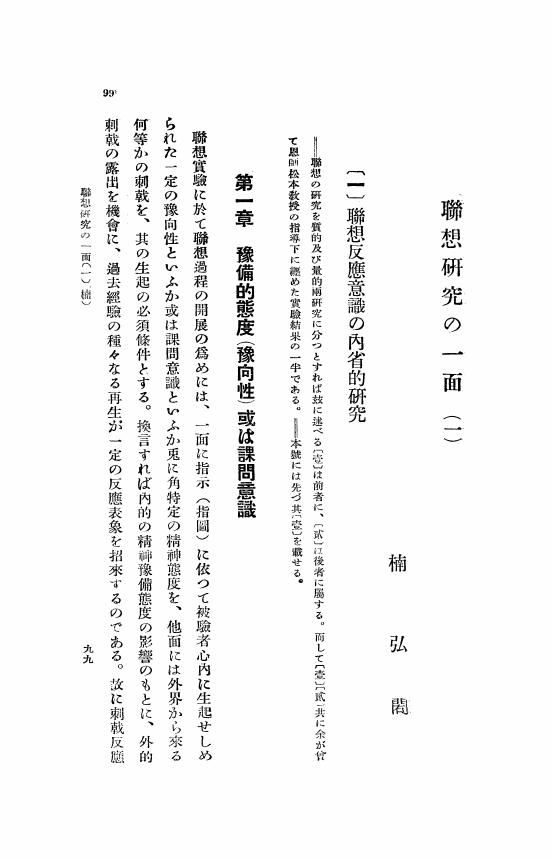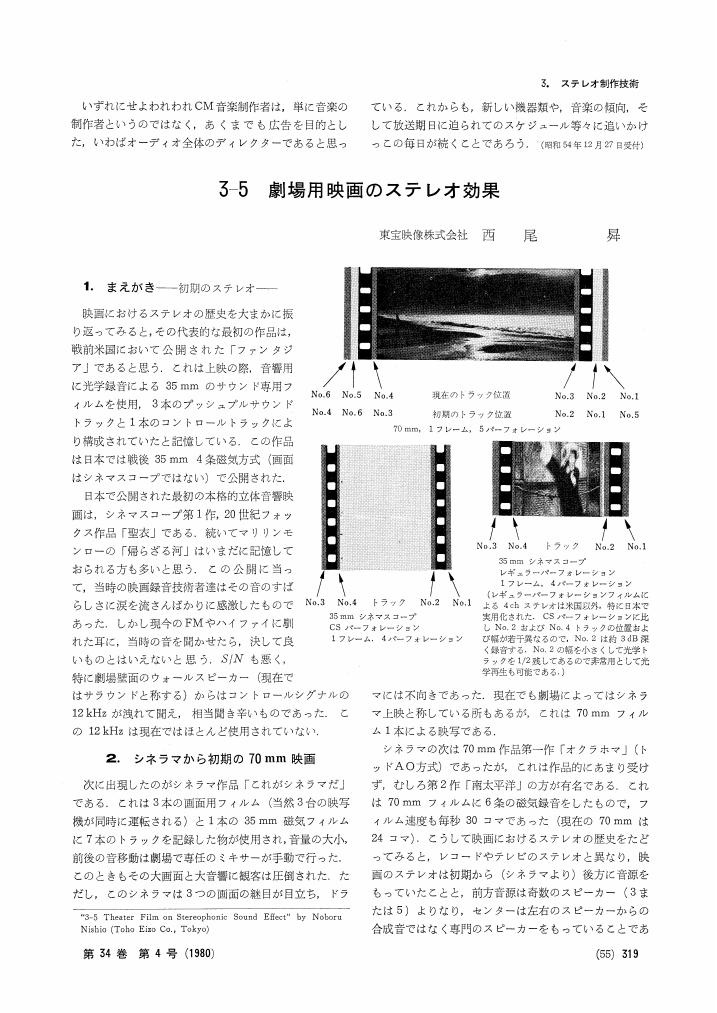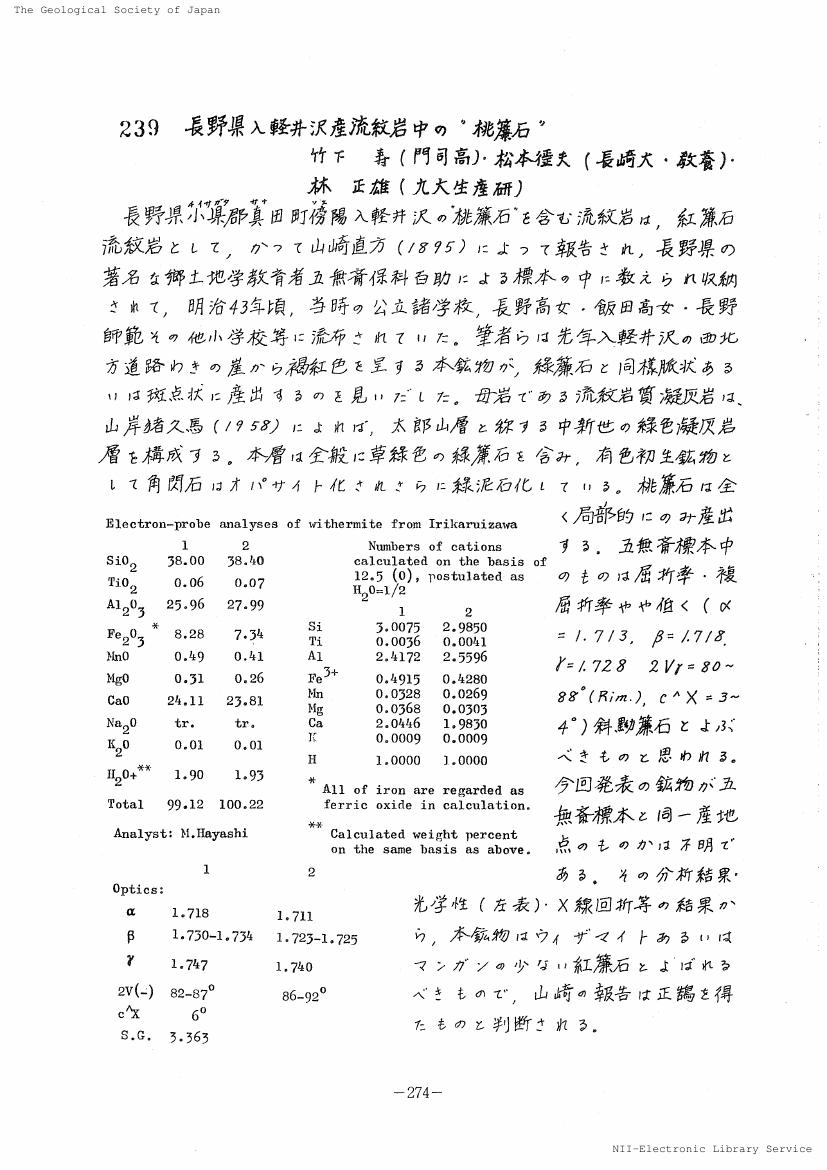1 0 0 0 OA 産学連携の変遷と今後の展開
- 著者
- 藤川 〓
- 出版者
- 日本開発工学会
- 雑誌
- 開発工学 (ISSN:13437623)
- 巻号頁・発行日
- vol.26, pp.5-8, 2007-10-30 (Released:2010-09-09)
- 参考文献数
- 6
1 0 0 0 OA 8 ヨーロッパ拡大とハンガリーおよび周辺地域マイノリティの「民主化」
- 著者
- 羽場 久〓子
- 出版者
- 日本比較政治学会
- 雑誌
- 日本比較政治学会年報 (ISSN:21852626)
- 巻号頁・発行日
- vol.5, pp.173-200, 2003-06-25 (Released:2010-09-09)
- 参考文献数
- 26
1 0 0 0 OA クサイ島ノ住民
- 著者
- 山田 〓太郎
- 出版者
- 一般社団法人 日本人類学会
- 雑誌
- 東京人類學會報告 (ISSN:18847633)
- 巻号頁・発行日
- vol.2, no.12, pp.110-112, 1887 (Released:2010-06-28)
1 0 0 0 OA クサイ島ノ住民
- 著者
- 山田 〓太郎
- 出版者
- 一般社団法人 日本人類学会
- 雑誌
- 東京人類學會報告 (ISSN:18847633)
- 巻号頁・発行日
- vol.2, no.11, pp.75-78, 1887 (Released:2010-06-28)
1 0 0 0 OA クサイ島ノ住民
- 著者
- 山田 〓太郎
- 出版者
- 一般社団法人 日本人類学会
- 雑誌
- 東京人類學會報告 (ISSN:18847633)
- 巻号頁・発行日
- vol.2, no.10, pp.42-45, 1886 (Released:2011-07-01)
1 0 0 0 OA 「中欧」のNATO・EU加盟に伴う諸問題―グローバリゼーションとポスト空爆の中で―
- 著者
- 羽場 久〓子
- 出版者
- ロシア・東欧学会
- 雑誌
- ロシア・東欧学会年報 (ISSN:21854645)
- 巻号頁・発行日
- vol.1999, no.28, pp.55-69, 1999 (Released:2010-05-31)
- 参考文献数
- 29
1 0 0 0 OA 「ポスト社会主義」の東欧社会: 社会と民族
- 著者
- 羽場 久〓子
- 出版者
- ロシア・東欧学会
- 雑誌
- ロシア・東欧学会年報 (ISSN:21854645)
- 巻号頁・発行日
- vol.1997, no.26, pp.36-49, 1997 (Released:2010-05-31)
- 参考文献数
- 26
1 0 0 0 OA 大都市の悩み
- 著者
- 〓山 政道
- 出版者
- 日本行政学会
- 雑誌
- 行政研究叢書 (ISSN:2187039X)
- 巻号頁・発行日
- vol.1964, no.6, pp.1-21, 1964-03-20 (Released:2012-09-24)
1 0 0 0 OA 開発計画の政治的問題点
- 著者
- 〓山 政道
- 出版者
- 日本行政学会
- 雑誌
- 行政研究叢書 (ISSN:2187039X)
- 巻号頁・発行日
- vol.1964, no.5, pp.15-29, 1964-03-10 (Released:2012-09-24)
1 0 0 0 OA イギリスの行政機構改革
- 著者
- 〓山 政道
- 出版者
- 日本行政学会
- 雑誌
- 行政研究叢書 (ISSN:2187039X)
- 巻号頁・発行日
- vol.1961, no.4, pp.1-17, 1961-10-10 (Released:2012-09-24)
1 0 0 0 OA 聯想研究の一面 (一)
- 著者
- 楠 弘〓
- 出版者
- 公益社団法人 日本心理学会
- 雑誌
- 日本心理学雑誌 (ISSN:18841074)
- 巻号頁・発行日
- vol.T2, no.5, pp.99-140, 1924 (Released:2010-07-16)
- 参考文献数
- 47
1 0 0 0 OA 人間胚芽複製の法的問題点と対応 : 韓国の「生命倫理及び安全に関する法律」を中心に
- 著者
- 朴 光〓
- 出版者
- 関西法政治学研究会
- 雑誌
- 憲法論叢 (ISSN:24330795)
- 巻号頁・発行日
- vol.13, pp.73-86, 2006-12-26 (Released:2018-01-10)
The dazzling development of life science technology shines the light of hope, but it casts dark shadow to us at the same time. Although, with respect to the life span and incurable diseases, human embryonic cloning works in the positive manner, it also effects in negative way as to the infringement of human dignity, misuses for commercial purpose, and the incompleteness of technology. In this situation, as implementing the Statute of Bioethics and Safety enforced in January 1st 2005, Korea established legislative and institutional mechanism which regulates ethical and legal problems caused by the development of life science technology. This paper, therefore, briefly investigated discussions about main contents and legal issues of Bioethics law concerning with human embryonic in Korea. To do this, as premises for discussions, it also briefly examined the concept of human embryonic cloning and the legal status of human embryo and finally, it suggested alternative plans in the policy level. A basic attitude of the law is to completely prohibit somatic cell nuclear cloning for producing human individual cloning, and restrictively allows researches about remaining embryo expired from certain period for conservation after sterilization and materials generated by somatic cell nuclear transfer. This approach is quite desirable, but it still has something to supplement in regards to legal policies. The Bioethics law, as it is, reveals a loophole, inter alie, in the administrative system. Due to the self regulation system, the Committee of Bioethics plays only examination roles and it is not sufficient to protect human embryo. Thus, clarifying the human embryo as life more in detail and supplementing rules to protect human embryo, we should make efforts to minimize interventions from criminal law.
1 0 0 0 OA 税役から見た宋遼両属民
- 著者
- 洪 性〓
- 出版者
- 内陸アジア史学会
- 雑誌
- 内陸アジア史研究 (ISSN:09118993)
- 巻号頁・発行日
- vol.28, pp.1-26, 2013-03-31 (Released:2017-10-10)
This article deals with the issue of taxes and corvee duties imposed on the Song-Liao borderland people. The border area was governed by both the Song and the Liao and its residents were compelled to pay taxes to both administrations. Thus, the region and the people were said to be dual-governed. Dual governance began when the Song finally gave up its plan to conquer the areas to its north and when the Kitan started attacking the Song and collecting taxes in the borderlands. The Song exempted people in the borderlands from most tax duties, but later re-imposed miscellaneous taxes in order to retain its position as the official ruler of the region. Before and after signing the Chanyuan Treaty in 1004, residents of the dual-governed regions paid miscellaneous taxes and served corvee duties for the Song, and, at the same time, paid taxes and served corvee labor for the Kitan. Each country needed to impose a tax and labor burden lighter than the other and deliver greater relief than the other. The Song and the Liao took different approaches to riling the borderlands. From the Kitan's position, it was satisfactory enough to have control over and to be able to exploit labor from the region. The Song, on the other hand, took the issue as a matter of territorial integrity.
1 0 0 0 私の春秋 : 東条〓自叙伝
- 著者
- 野村 亨 佐藤 〓
- 出版者
- 一般社団法人 日本物理学会
- 雑誌
- 日本物理学会誌 (ISSN:00290181)
- 巻号頁・発行日
- vol.41, no.2, pp.147-154, 1986-02-05 (Released:2008-04-14)
- 参考文献数
- 30
重イオン反応, ことに数十MeV/u以上の重イオン核破砕反応は, 地上で中性子過剰核をつくる有力な手段として期待されている. 重イオン反応の特徴を中性子過剰核の生成という観点で概観し, 幾つかの研究例を紹介する.
1 0 0 0 OA 3-5 劇場用映画のステレオ効果
- 著者
- 西尾 〓
- 出版者
- 一般社団法人 映像情報メディア学会
- 雑誌
- テレビジョン学会誌 (ISSN:03866831)
- 巻号頁・発行日
- vol.34, no.4, pp.319-321, 1980-04-01 (Released:2011-03-14)
1 0 0 0 OA 鉱物界 : 中等教育
1 0 0 0 OA 長野県入軽井沢産流紋岩中の"桃簾石" : 火山および火山岩
- 著者
- 竹下 寿 松本 〓夫 林 正雄
- 出版者
- 一般社団法人 日本地質学会
- 雑誌
- 日本地質学会学術大会講演要旨 第85年学術大会(1978 清水) (ISSN:13483935)
- 巻号頁・発行日
- pp.274, 1978-04-01 (Released:2017-10-14)

